Understanding the Current Landscape of Homeowners Insurance Costs
Homeowners across the United States are increasingly concerned about the rising cost of their insurance premiums. If you’re looking for ways to reduce your annual outlay, understanding the factors driving these expenses is the first step towards lowering homeowners insurance costs. Several complex elements contribute to the current market landscape, making it crucial for policyholders to be informed and proactive. We’ve seen significant shifts, with reports indicating a substantial rise in premiums over recent years. For more context on why these costs are escalating, you might find our previous article, Protecting Your Home from Rising Premiums: Your Guide to Savings, to be a valuable resource.
The primary culprits behind these increases include the growing frequency and intensity of natural disasters, such as hurricanes, wildfires, and severe storms, which lead to billions in insured losses. Beyond environmental factors, economic pressures like inflation, soaring material costs for repairs and reconstruction, and increased labor expenses also play a significant role. Insurers are adjusting their risk models and pricing strategies to account for these heightened risks and operational costs. For a deeper dive into why home insurance costs so much, Consumer Reports offers an insightful look into the current market dynamics: Why Home Insurance Costs So Much—and How to Pay Less.
Essential Strategies for Lowering Homeowners Insurance Costs
While some factors influencing premiums are beyond your control, there are many actionable strategies you can employ to potentially reduce your homeowners insurance expenses. Being proactive and informed can lead to significant savings without compromising essential coverage.
- Review Your Policy Annually: Don’t just auto-renew. Take time each year to review your policy details, coverage limits, and deductibles. Your home’s value or personal property needs might have changed, potentially allowing for adjustments.
- Increase Your Deductible: Opting for a higher deductible means you’ll pay more out-of-pocket if you file a claim, but it can lead to a considerable reduction in your annual premium. Ensure the amount is something you could comfortably afford in an emergency.
- Bundle Your Policies: Many insurance providers offer discounts if you purchase multiple policies from them, such as bundling your homeowners and auto insurance. This can often result in a significant percentage off your total premium.
- Inquire About Discounts: Insurers offer a variety of discounts. Always ask your agent about potential savings for things like:
- Being a loyal customer
- Having a good claims history
- Being a non-smoker
- Having a new roof or updated plumbing/electrical systems
- Membership in certain professional organizations or associations
- Improve Your Credit Score: In many states, your credit-based insurance score is a factor in determining premiums. Maintaining a good credit history can positively influence your rates.
Fortifying Your Home: Risk Mitigation for Premium Savings
Investing in home safety and security measures not only protects your property but can also lead to substantial discounts on your homeowners insurance. Insurers reward homeowners who take steps to reduce the likelihood of claims.
Consider these improvements to fortify your home and potentially lower your premiums:
| Home Improvement | Insurance Benefit |
|---|---|
| Install a Home Security System | Often qualifies for discounts due to reduced theft risk. Systems monitored by a central station may offer greater savings. |
| Add Smoke Detectors and Carbon Monoxide Detectors | Demonstrates a commitment to fire safety, lowering fire-related claim risks. |
| Update Electrical and Plumbing Systems | Newer systems reduce the risk of fires and water damage, especially in older homes. |
| Reinforce Your Roof (especially in storm-prone areas) | Can reduce damage from wind, hail, and heavy snow, leading to discounts in vulnerable regions. |
| Install Storm Shutters or Impact-Resistant Windows | Crucial in hurricane and storm zones; can significantly lower premiums by mitigating windstorm damage. |
| Create Defensible Space (in wildfire-prone areas) | Reducing vegetation and maintaining clear zones around your home can decrease wildfire risk and potentially lower rates. |
Proactive risk mitigation not only provides peace of mind but also demonstrates to insurers that you are a responsible homeowner, often translating into better rates. For more on property fortification and its impact on insurance, including discussions on deductibles and discounts, you can explore our insights on Uninsurable Property Home Insurance Solutions.
Smart Policy Adjustments to Reduce Your Annual Premiums
Beyond physical home improvements, several strategic adjustments to your homeowners insurance policy itself can result in considerable savings. These involve carefully reviewing your coverage limits and understanding what truly needs to be insured.
- Re-evaluate Coverage Limits: Ensure your dwelling coverage accurately reflects the cost to rebuild your home, not its market value. Market value includes the land, which isn’t insured. Over-insuring can unnecessarily inflate your premiums. Similarly, review your personal property coverage; if you’ve downsized or sold valuable items, you might be able to reduce this limit.
- Eliminate Duplicate Coverage: Check if certain items are covered under other policies. For example, some electronics might be covered by a warranty or credit card protection, or valuable jewelry might be covered by a separate floater policy.
- Maintain a Good Claims History: Frequent small claims can lead to higher premiums or even non-renewal. Consider covering minor damages out-of-pocket rather than filing a claim, reserving your insurance for significant losses.
- Pay Annually: If possible, paying your premium in one lump sum rather than monthly or quarterly installments can sometimes result in a discount from your insurer.
By making these judicious adjustments, you can tailor your policy more precisely to your needs and potentially achieve considerable savings on your annual premium for lowering homeowners insurance costs.
The Power of Comparison: Finding the Best Rates and Coverage
One of the most effective strategies for lowering homeowners insurance costs is to actively shop around and compare quotes from multiple insurance providers. The insurance market is competitive, and different companies have varying underwriting guidelines, risk assessments, and discount programs. What might be a high premium with one insurer could be significantly lower with another, even for similar coverage.
Don’t settle for the first quote you receive. Obtain at least three to five quotes from different reputable insurers. When comparing, ensure you’re looking at comparable coverage types, limits, and deductibles to get an accurate side-by-side view. An independent insurance agent can be a valuable resource in this process, as they can often provide quotes from multiple carriers, saving you time and effort. The Insurance Information Institute provides a comprehensive guide on various ways to reduce homeowners insurance costs, including the importance of shopping around: 12 Ways to Lower Your Homeowners Insurance Costs.
Looking Ahead: How Industry Trends and Innovation Shape Rates
The homeowners insurance market is continuously evolving, influenced by global climate patterns, economic shifts, and technological advancements. Understanding these broader trends can help you anticipate future premium changes and adapt your strategies for lowering homeowners insurance costs.
For example, advancements in home monitoring technology, such as smart leak detectors, smart smoke alarms, and advanced security systems, are increasingly being recognized by insurers as effective risk reduction tools. As these technologies become more prevalent, they may lead to more favorable underwriting and potential discounts. Similarly, innovations in construction materials and building codes that enhance a home’s resilience against natural disasters could also play a role in stabilizing or reducing rates in the long term.
Staying informed about these industry trends, alongside personal risk mitigation efforts and smart policy management, will empower you to navigate the complexities of homeowners insurance and work towards more affordable coverage in the future.
Have questions? Contact us here.






